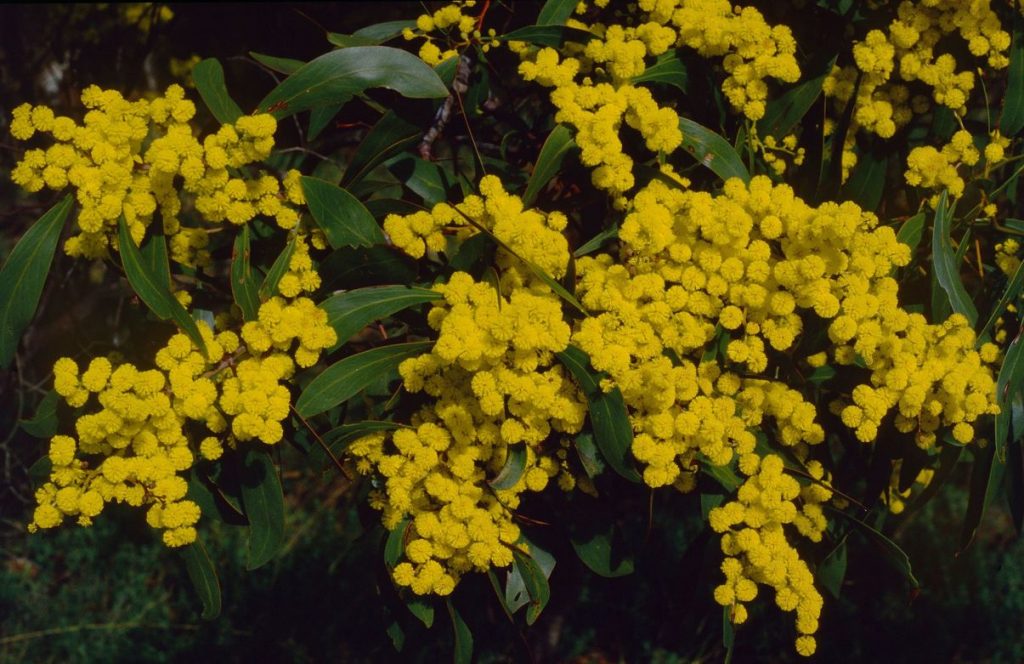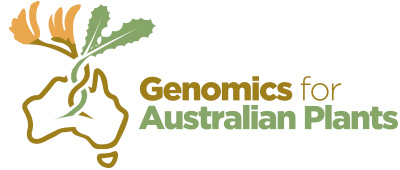Acacia pycnantha (golden wattle)
Aim: Reference genomes (pilot)
Project initiation: Dec 2018

Project collaborators:
- Daniel J. Murphy | Royal Botanic Gardens Victoria
- Todd McLay | CSIRO, National Research Collections Australia
- Sarah Mathews | CSIRO, National Research Collections Australia
- David Bush | CSIRO, National Research Collections Australia
- Gillian Brown | Queensland Herbarium
- Joe Miller | US National Science Foundation
- Chris Jackson | Royal Botanic Gardens Victoria
- Aaron Leichty | UC Davis
- Scott Poethig | University of Pennsylvania
- Anna Syme | Royal Botanic Gardens Victoria
- Gareth Holmes | Royal Botanic Gardens Victoria
- Frank Udovicic | Royal Botanic Gardens Victoria
Project description:
Related project: Acacia phylogenomics project
Acacia pycnantha is an important representative of the largest clade recognised to date, the Botrycephalae subclade. It is Australia’s Floral emblem and the National Coat of Arms depicts Acacia pycnantha surrounding the Emu and Kangaroo. There are some existing genome-scale sequencing efforts that have included Acacia, but there is no assembled and published genome. Genomic resources will assist breeding work such as identification of disease resistance genes for fungal pathogens such as Ceratocystis and Gandoderma, both of which are causing significant economic losses.
Genomic resources will enhance phylogenetic research through aiding bait design for exon capture. A bait set for a related genus is currently available (Inga, Nicholls et al 2015), so that genome resources in Acacia could be immediately used for bait design and phylogenomics. A genome will enhance population genomic research on restricted taxa of conservation concern (over 100 spp.) and biogeographic studies of widespread species (e.g. A. myrtifolia) by allowing sequence read mapping. A genome could be used commercially through characterising genes involved in adaptation and association with traits of economic significance, and identifying genes involved in bioactive compounds.
The Australian National Botanic Garden, Canberra and the Royal Botanic Gardens Victoria have living accessions, and seed is available through the Australian National Herbarium and CSIRO, Australian Tree Seed Centre. Sample preparation for Acacia species will be undertaken at either the Australian National Herbarium or the Royal Botanic Gardens Victoria. Both institutions have well-equipped molecular laboratories, specialising in plant sample preparation. As part of the Acacia Genome Consortium, Todd McLay and Sarah Mathews will contribute their expertise in genome assembly and provide access to additional expertise available within the CSIRO National Research Collections.
Publications
Long-read assemblies reveal structural diversity in genomes of organelles – an example with Acacia pycnantha.
Accession numbers: https://www.genomicsforaustralianplants.com/research/
